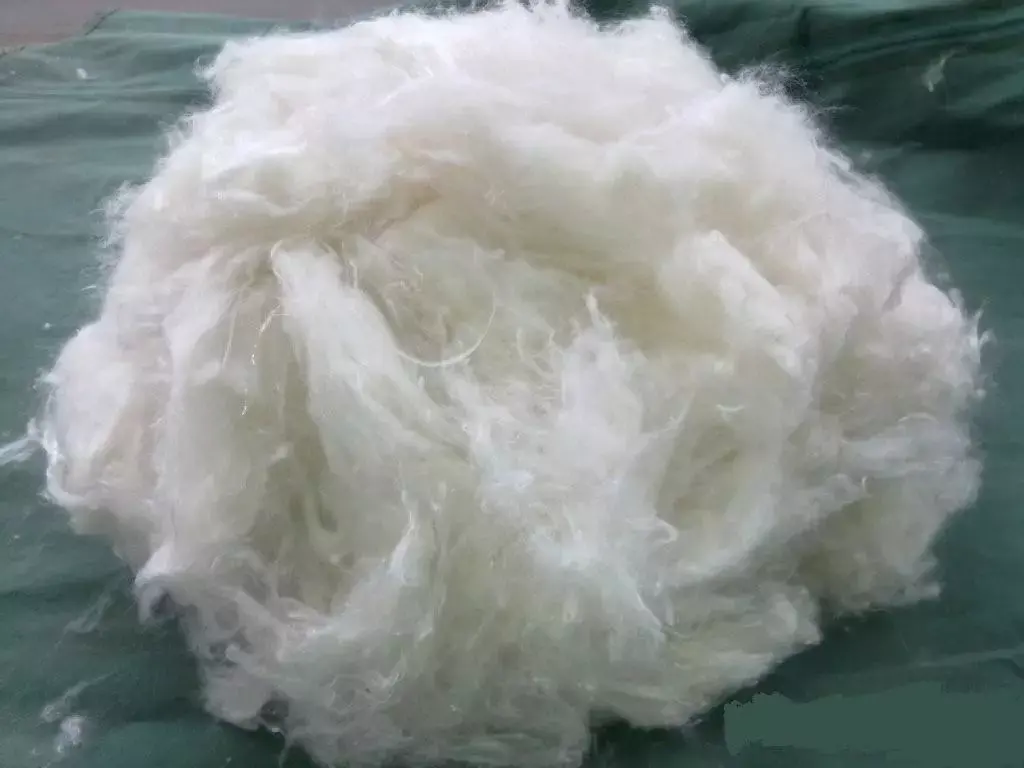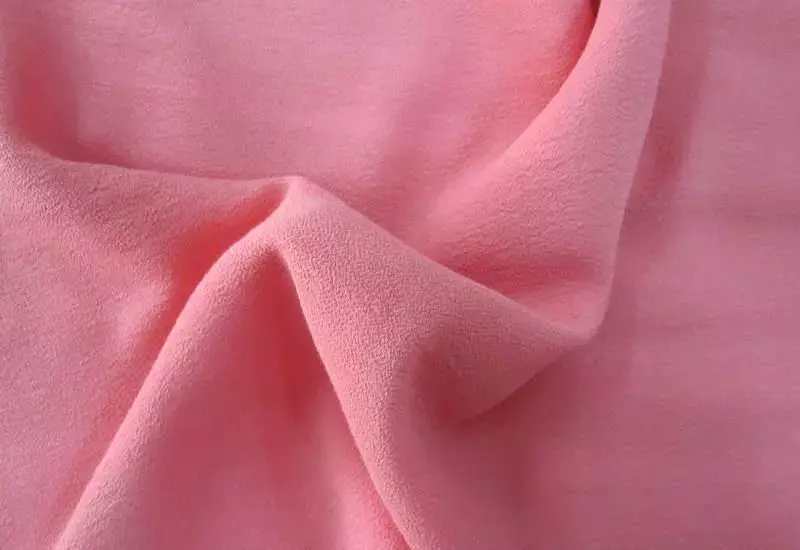Viscose fiber is a type of chemical fiber with a long history, mature technology, huge output, wide variety, and wide range of uses. It uses natural cellulose (pulp) as the basic raw material, which is converted into cellulose xanthate solution and then spun into regenerated cellulose fiber.
Main classification of viscose fiber

History of viscose fiber
The advent of viscose fiber is only later than cellulose nitrate fiber, and it is one of the oldest chemical fiber varieties. In 1891, Cross, Bevan and Beadle first prepared a solution of sodium cellulose xanthate. Because of the high viscosity of this solution, it was named “viscose”.

When viscose encounters acid, cellulose precipitates again. Based on this principle, a method of preparing chemical fibers was developed in 1893. This fiber was named viscose fiber. By 1905, Muller and others invented a coagulation bath composed of dilute sulfuric acid and sulfate, realizing the industrial production of viscose fiber.
It has been a hundred years since the industrial production of viscose fiber. During this century, production technology has continued to advance, from ordinary fibers to strong fibers, High wet modulus fiber. At present, the world’s viscose fiber production accounts for about 12% of the total chemical fiber production.
Since the 1990s, industrial powers such as Europe, the United States, and Japan have closed their viscose fiber factories and reduced viscose fiber production. The production of rubber fiber is concentrated in a few large companies, which is conducive to pollution control and the development of new processes and new varieties.
At the same time, they have greatly improved the quality of viscose fiber products through technological innovation, developed new varieties and new technologies, and greatly increased the added value of products. For example, their viscose filament spinning speed has reached 140m/min, and the fiber’s fineness has been as fine as the finest silk. They have developed hundreds of hollow, flame-retardant, deodorant, bamboo, special-shaped, far-infrared, etc. differentiated fiber varieties.
In terms of product quality, the dyeing consistency of viscose fiber has been significantly improved, and the hair defects and elongation variation coefficient have been greatly reduced.
In addition, they continue to export new viscose fiber production technology. For example, major chemical fiber companies in my country are spending huge sums of money to introduce their advanced technology and equipment. , such as continuous spinning machines, acid bath flash evaporation systems, pressure washing equipment in the silk cake, waste gas recovery technology, etc.
Through the above methods, although countries in Europe, the United States, Japan and other countries have reduced the production of viscose fiber, they have also reduced labor costs, environmental pollution and Governance costs, due to the substantial increase in product added value, and large amounts of technology export revenue, the overall economic benefits have been greatly improved [1].
The establishment of my country’s chemical fiber industry started with viscose fiber. Since the 1950s, my country has successively built viscose fiber production plants, such as Dandong Chemical Fiber Factory, Baoding Chemical Fiber Factory, etc. Viscose fiber has developed steadily over the past 50 years. Since the 1990s, my country’s viscose fiber industry has developed rapidly, with output increasing at an average annual rate of more than 10%. In 2004, my country’s viscose output reached 900,000 tons, accounting for 1% of the world’s total output. /3, maintain its status as the largest producer of viscose fiber.
Opportunities and challenges of viscose fiber
Huge potential
(1) The prospect of viscose fiber is still promising: viscose fiber itself has excellent dyeing, moisture absorption, antistatic and other properties. Its fabrics are comfortable, hygienic, chic and bright, and have properties that many fibers cannot match. This is also the fundamental reason why viscose fiber has been impacted by synthetic fibers but has not been eliminated. As the living standards of the domestic people improve, people’s consumption concept in clothing and home decoration becomes more “returning to nature”, and the export of ready-made garments to the European and American markets is promising, which will drive the growth of viscose fiber demand accordingly. Therefore, it is foreseeable that viscose fiber will continue to be an important raw material for textiles. As developed countries gradually withdraw from the production of viscose fiber, more market space will be opened. This is undoubtedly a historic opportunity for my country’s viscose fiber.

(2) Advantages of developing the viscose industry in my country: The production concentration of my country’s viscose industry is relatively high, with the average production capacity of a single factory reaching more than 20,000 tons. Some leading companies are close to the international level; the raw materials of viscose fiber are natural materials such as cotton pulp and wood pulp. my country’s cotton linters (cotton pulp raw materials) are very rich in resources and can be obtained locally, which can reduce production costs for enterprises. It is extremely beneficial; as the viscose fiber output in developed countries decreases year by year, it provides space for my country’s viscose filament exports.��Widely used in the manufacture of nonwoven fabrics.
2. Industrial and other aspects
Viscose fiber has many industrial uses. Viscose fiber strength yarn has high strength, good heat resistance, and low price. It plays an important role in industries such as tires, pressure-resistant hoses, conveyor belts, canvas, and coated fabrics; hemostatic fibers made of viscose fiber, Gauze, bandages, medical sheets, bedding, artificial kidney hemodialyzers, etc. are widely used in the medical and health sector; porogen is mixed into the viscose, and after forming, the fibers contain numerous micropores and have a large surface area. , which is characterized by good dyeability and high water absorption. It can be used as filter cloth, face mask and gas mask, and can also be used as a cigarette filter. Because of its high water retention rate, it can be used in medical, sanitation, health care products, etc.; combined with acrylic acid The technical viscose fiber has a high ion exchange capacity and can be used for air purification, sewage purification, or capturing trace radioactive elements and rare and precious metals from waste liquids; viscose fiber is carbonized to produce high-strength, high-modulus carbon fiber. It is an important reinforcing material in aviation, aerospace, military industry and many high-tech sectors; graphite fiber is mixed into viscose and spun into graphite fiber which can be used as industrial sealing material. The graphite viscose fiber developed by the Austrian company Lenzing is used for gas sealing and bending rollers, and its operating temperature range can reach 200°C.







